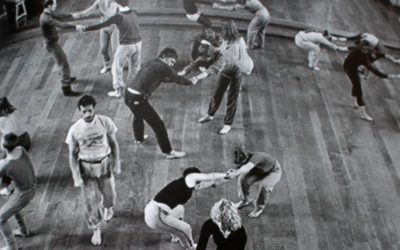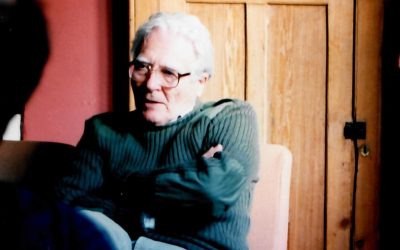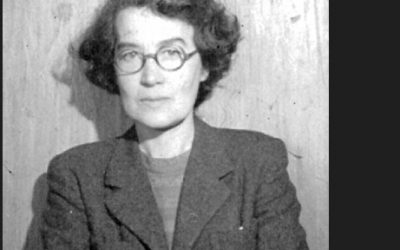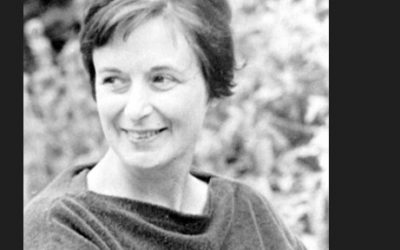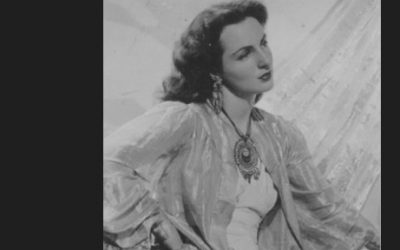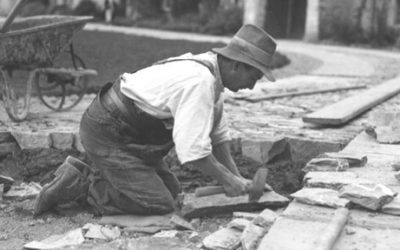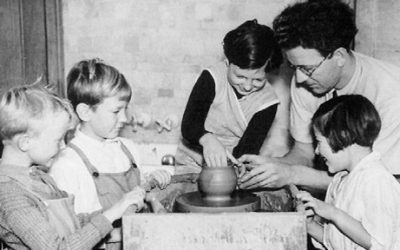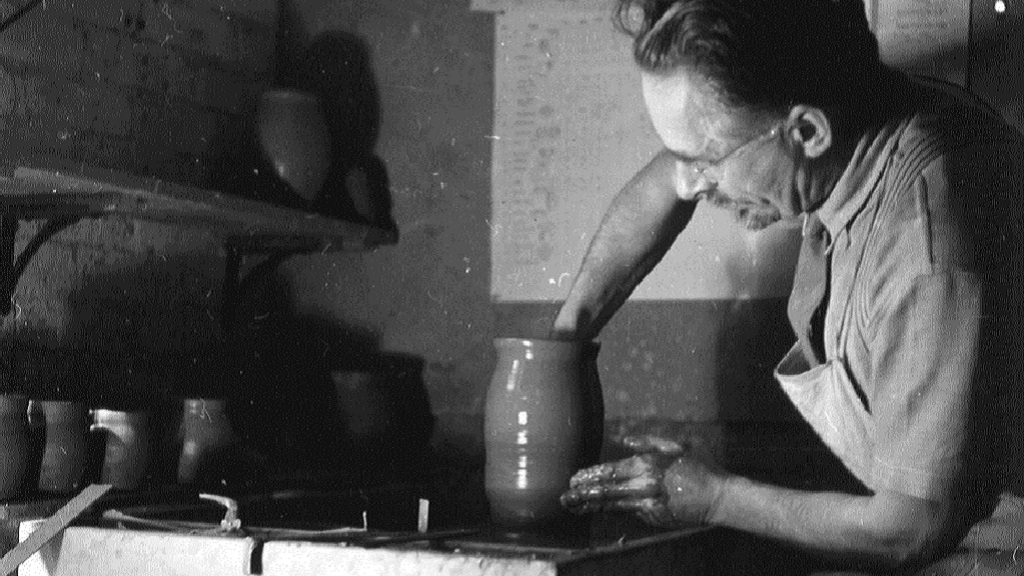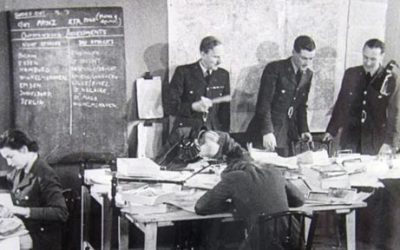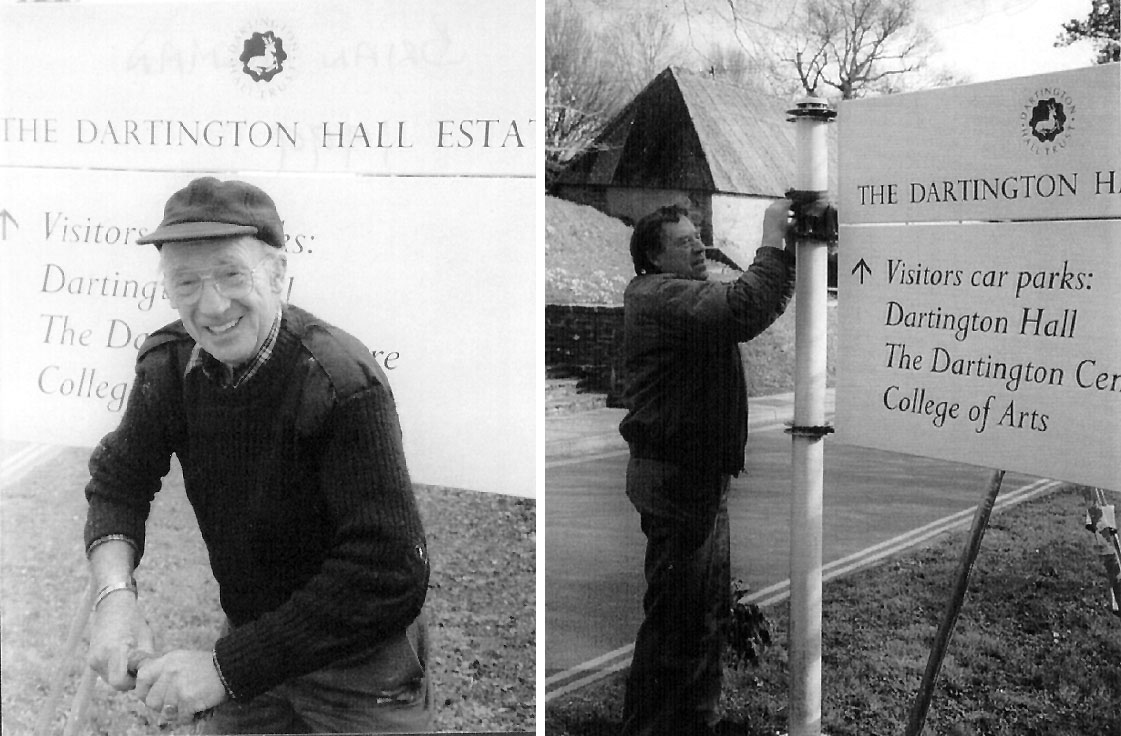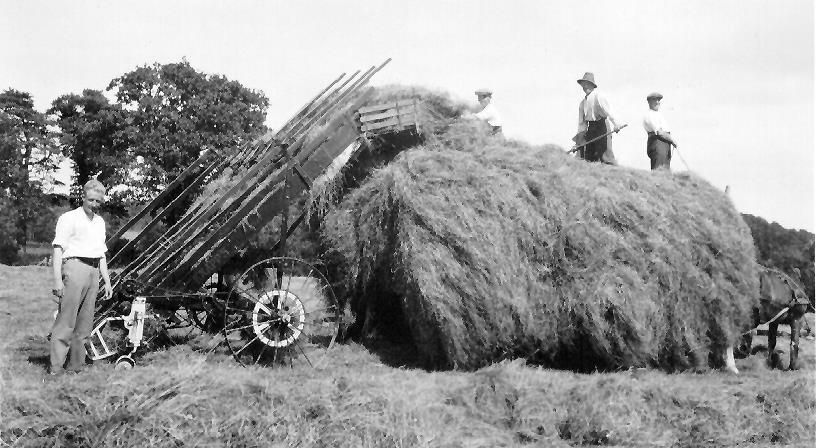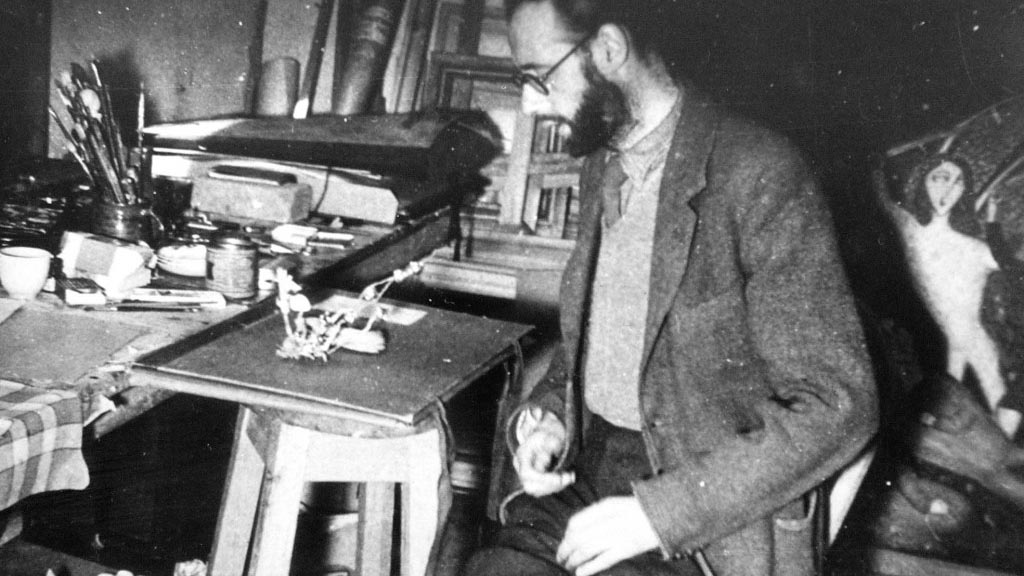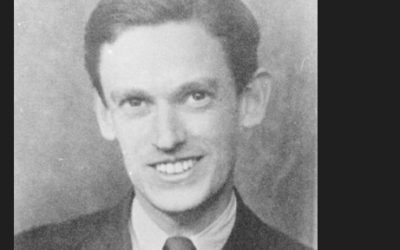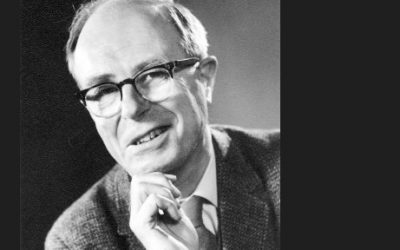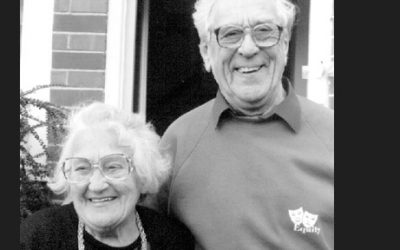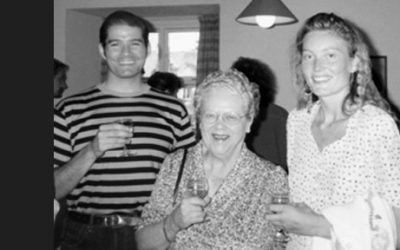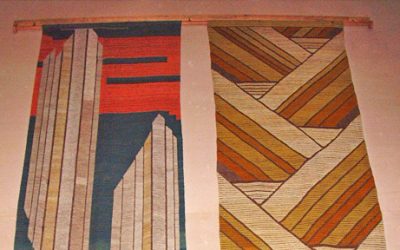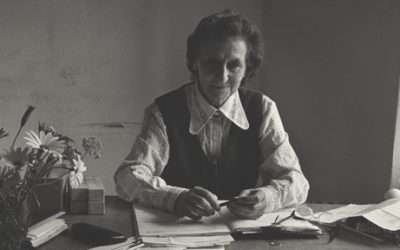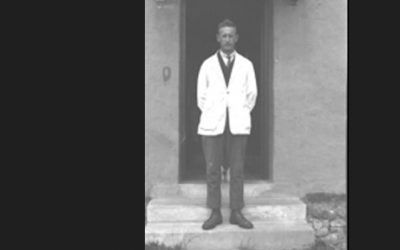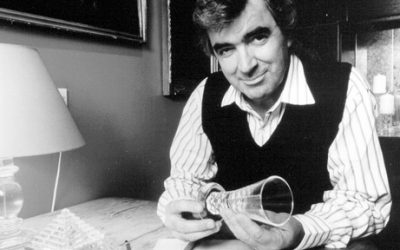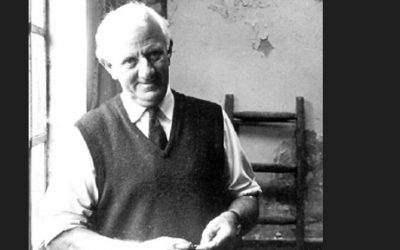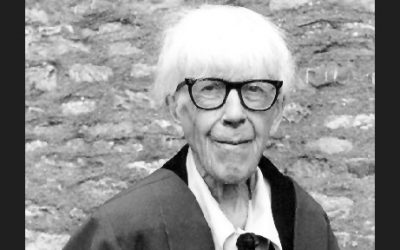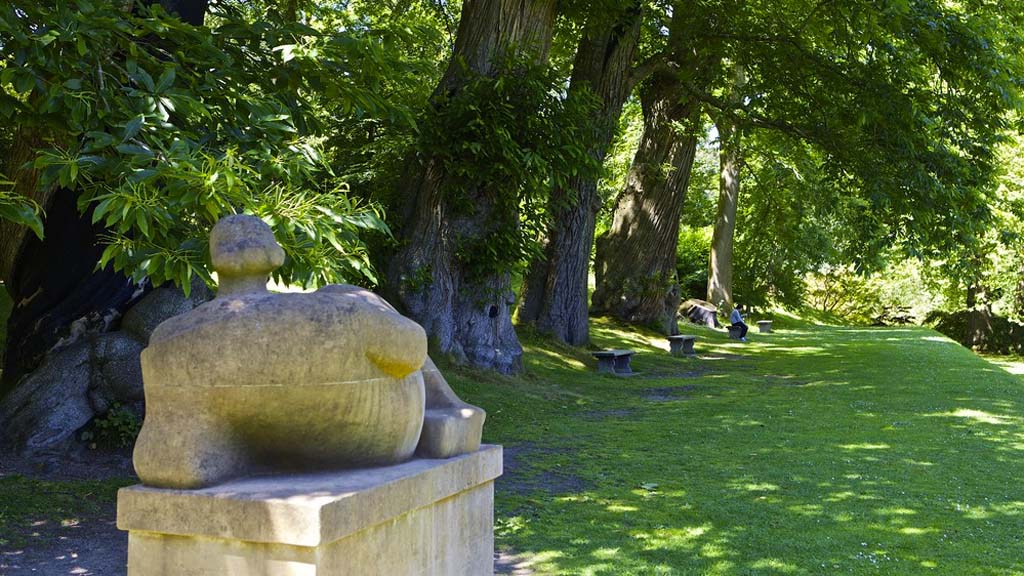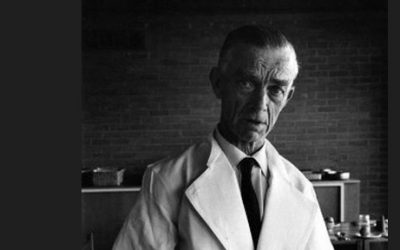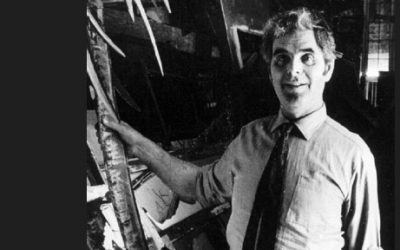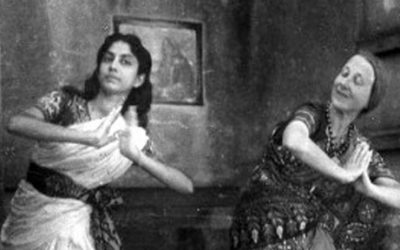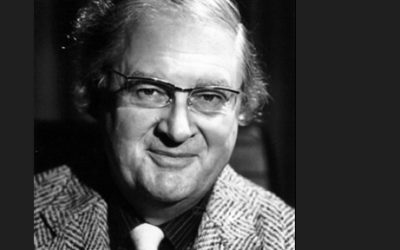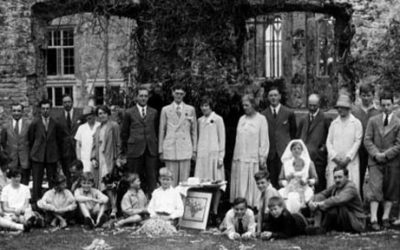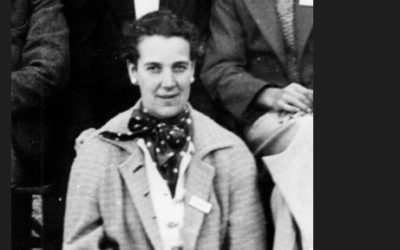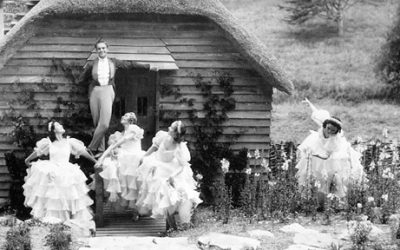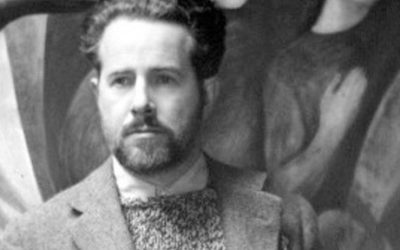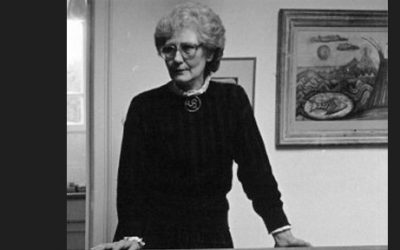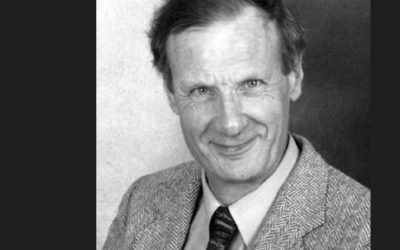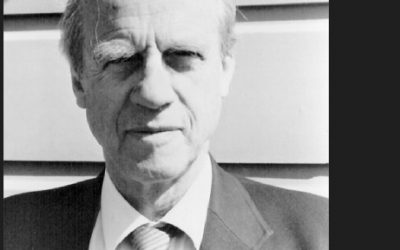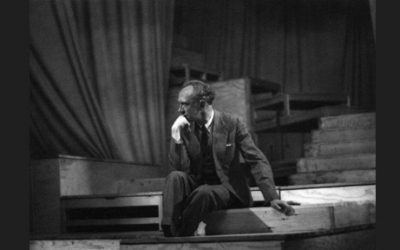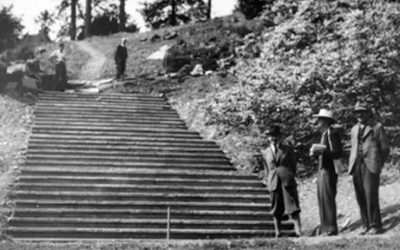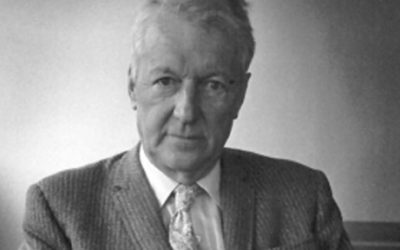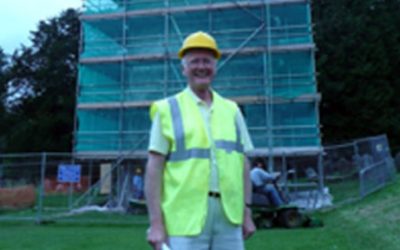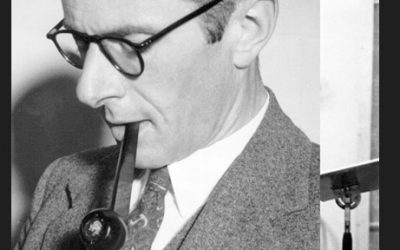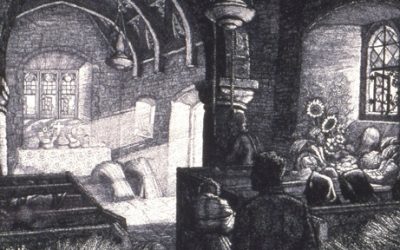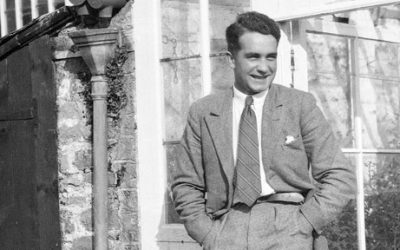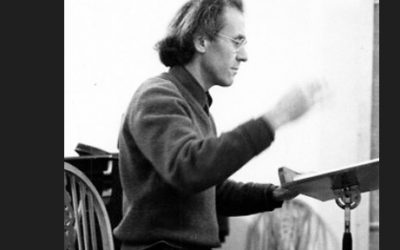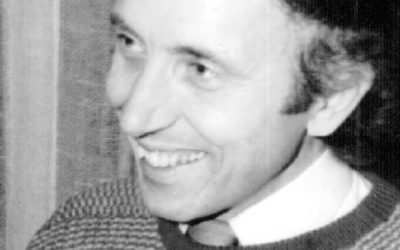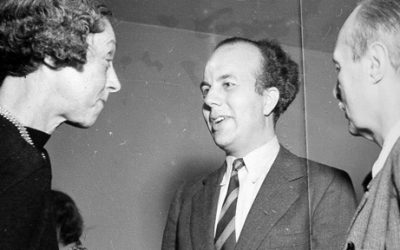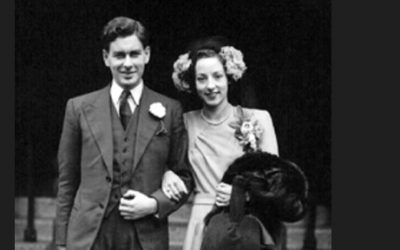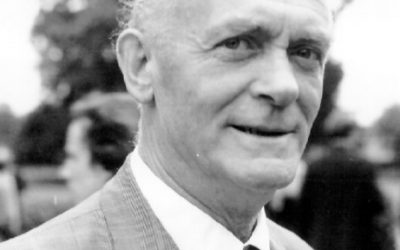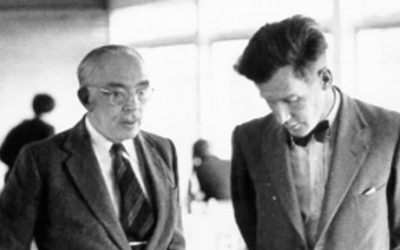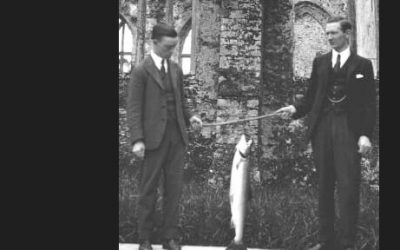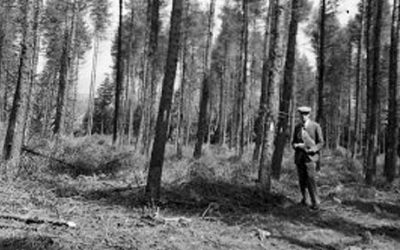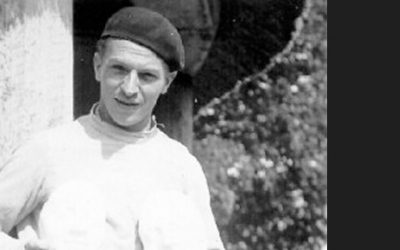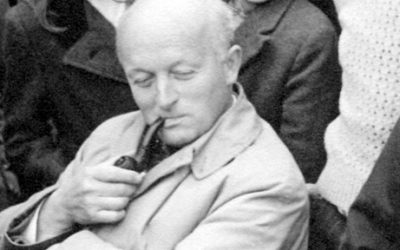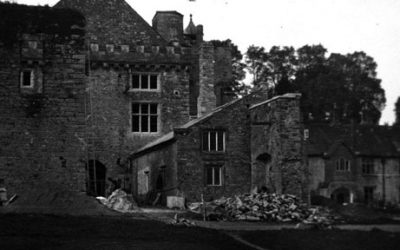The people behind the story
Dorothy and Leonard Elmhirst purchased the Dartington estate in 1925, and initiated the ‘Dartington experiment’, setting up a host of farming, forestry and educational projects.
Since then Dartington has become a magnet for artists, architects, writers, philosophers and musicians from around the world, creating an exceptional centre of creative activity.
Use this searchable, interactive feature to explore Dartington Hall’s extraordinary history through some of the inspirational figures who have helped shape it.
Steve Paxton Obituary 2024
The world of dance, contemporary art and contact improvisation mourns as it bids farewell to Steve Paxton, a visionary and trailblazing artist, writer and dancer.
Remembering James Lovelock: architect of the Gaia Theory
The scientist was fearless in the face of controversy and was one of the first to raise concerns about the interconnectedness of all life and the potential ecological damage being done to the planet,
Barbara Jewell
When anyone talks of Dartington’s Retail Shop (the precursor of the Cider Press Centre) Barbara Jewell’s name is invariably mentioned in the same breath.
Beatrice Musson
From the very first Summer School of Music (at Bryanston in 1948) and through 29 Summer Schools at Dartington, Bee brought to them an unforgettable charm and grace.
Beatrice Straight
Beatrice – daughter of Dorothy Elmhirst – worked with Chekhov in the USA and went on to achieve great success in the theatre, both nationally and on Broadway.
Beatrix Farrand
Beatrix Farrand (1872-1959) was a remarkable garden designer and consultant who was connected with Dorothy and Leonard Elmhirst from 1927.
Bernard Forrester
‘Bernie’ was an inspiring teacher, who for some 30 years taught pottery at Dartington Hall School, having come to Dartington in 1932 with Bernard Leach.
Bernard Leach
Bernard Leach (1887-1979) is one of the most highly regarded international potters of the 20th century and is remembered for the important part he played in the merging of eastern and western craft traditions.
Bill and Maggie Hunter
William Clayton (Bill) Hunter was a photographer and teacher at Foxhole from 1932-41. He established the Dartington Hall Film Unit and created a wide range of classroom documentary films with his pupils at Dartington.
Brian and Jerry Millman
Brian and Jerry Millman were two of Dartington’s most loyal, steadfast and versatile employees, working here for nearly half a century.
C.F. Nielsen
In 1925, Nielsen introduced into Devon farming practices which were considered to be not only progressive but also entirely positive. Today, we shake our heads at some of the actions he took.
Cecil Collins
The period at Dartington was a formative one for artist Cecil Collins (MBE), influencing most of his major works.
Christopher Martin
To give freedom for creative expression to the artist, within the framework of a sound administration, calls for the highest of intellectual qualities and the deepest of human understanding. Chris had both.
David Lack
David Lack’s ‘The Life of the Robin’ was, and 60 years later still is, the most influential and comprehensive book written on the bird that has become one of Britain’s emblems.
Edna and Bert Pitman
The Pitman family came to Dartington in December 1945, with Bert working for Parsonage and Barton farms and his wife Edna asked to help out at Dartington Hall School nursery for two weeks. These two weeks lasted nearly 30 years…
Elizabeth Clough
For many years Elizabeth attended the Summer School, not as an organiser, an eminent teacher, or a performer but simply as a visitor finding something special at Dartington.
Elizabeth Peacock
In the 1930s highly respected weaver Elizabeth Peacock was commissioned to produce wall hangings for the Great Hall to alleviate the acoustic problems.
Florence Burton
Florence came to Dartington in her twenties, when she answered a job advertisement for a secretary for the general office in the newly formed Art Department, and became pivotal to the Dartington Playgoers.
Frank Crook
Frank Crook was the manager of Barton Farm on the Dartington estate in the 1920s, and oversaw a revolutionary and perhaps controversial milking experiment.
Frank Thrower
Frank Thrower was the creator and chief designer of Dartington Glass – one of Dartington’s most celebrated commercial enterprises.
George Honeywill
During George’s time at Dartington – as a long-serving foreman and enthusiastic cellist – he was held not only in great affection but also as someone who exemplified the Elmhirst’s vision for Dartington.
Helen Glatz
Helen Glatz was a hard-working and dedicated musician and teacher at our College of Arts and Summer School who wove herself into the fabric of Dartington life.
Henry Moore
Between 1946 and 1966 renowned sculptor Moore corresponded with Leonard and Dorothy Elmhirst, and his Memorial Figure can be seen at in our gardens.
Herbert Mills
Around 1930, Mills became the butler’s assistant to Walter Thomas, which he continued both in the Elmhirst’s house (now the Elmhirst Centre) and also the college for forty years.
Horace Davis
Although his work over the following 28 years involved electrical maintenance throughout the Arts Department offices, studios, workshops, the Great Hall (and later, the College of Arts), it was in his role as Theatre Technician that the Barn Theatre became Horace’s true domain.
Imogen Holst
Imogen Holst (1907-1984) was the only child of the composer Gustav Holst. She became a well-known composer in her own right and her work is still internationally performed.
John Amis
Large and ebullient and the wearer of loud waistcoats, John was for many people the outward face of the Summer School.
John Wales
John Wales (1904-1981) remains a key figure in Dartington’s rich history, most notably for his role in founding of Dartington Hall School.
Kay Starr
Kay was Leonard Elmhirst’s secretary and was a person of remarkable influence and ability. It was Kay who was responsible for the sculptor, Willi Soukop, coming to Dartington from Vienna in 1934.
Kurt Jooss
German ballet director Kurt Jooss (1901-79) came to Dartington in 1934 with his dance company the Ballets Jooss and the Jooss/Leeder School of Dance.
Mark Tobey
Mark Tobey achieved his greatest acclaim as a painter after he left Dartington to return to America, but continued a close correspondence with the Elmhirsts until the last years of his life.
Mary Bride Nicholson
It is doubtful that anyone knew more about this place, its people and its history than Mary Bride, whose career included time as Dorothy Elmhirst’s personal secretary.
Michael Dower
Michael is the son of John Dower, architect and planner, who worked with Leonard Elmhirst at PEP (Political and Economic Planning), and in campaigns to create national parks between the two world wars.
Michael Young
It has been said that Michael, a ‘one-man think tank and as an inventor of social institutions’, has had more influence on British public life than anyone else this century.
Michel Chekhov
Michel Chekhov (1891-1955) was the nephew of Anton Chekhov, the playwright, and came to Dartington from Russia as a refugee in 1928.
Percy Cane
Percy Cane came to work at Dartington in 1946 with an established and impressive body of work behind him – and built the York stone steps in our gardens, amongst other features.
Peter Cox
For nearly 40 years the performance and teaching of the arts at Dartington Hall was largely developed and shaped by Peter Cox.
Peter Sutcliffe
At a critical time in our history, Peter Sutcliffe joined the organisation as Director and General Manager. Without him Dartington Hall’s enterprises – commercial and charitable – might not have survived.
Richard Creed
If you stop for a moment as you walk through the buildings or gardens of Dartington, you will almost certainly find yourself looking at a feature that has been funded by Richard.
Robin Johnson
For many years and for many people Robin was the fount of all knowledge concerning the history of Dartington Hall in his capacity as Records Officer.
Robin Tanner
Tanner, an artist, was the son of a Wiltshire joiner and studied at Goldsmiths College, London. He was also a conservationist, pacifist and socialist, in the William Morris mould.
Roger Morel
Roger lived for a period with his wife Paula at Shinner’s Bridge Farm, which is now part of The Shops at Dartington, where he pioneered the production of apple juice in the UK.
Roy Truby
Roy Truby was a talented musician and teacher at Dartington for very many years, having arrived here from teaching in Launceston, Cornwall.
Royston Lambert
At the age of 35 and with no experience as a schoolmaster, Royston was invited by the Dartington Hall Trustees to be Headmaster of Dartington Hall School.
Rudolf von Laban
Rudolf von Laban (1879-1958) was born in Bratislava, Hungary and became a great dancer and teacher. His influence on dance is still seen today.
Ruth and Maurice Ash
The story of the elder child and only daughter of Leonard and Dorothy Elmhirst, and the Wimbledon competitor and army veteran she married.
Sir William Glock
Without William Glock, many renowned musicians would not have come to perform and teach at the Dartington Summer School & Festival, and the existence of the School is indebted to him.
Tom Griffiths
For more than 30 years the East Wing of Dartington’s Courtyard was known as The Devon Centre, with Tom Griffiths the Centre’s first and its most influential Warden.
Walter and Emily Thomas
Walter Thomas – or ‘Tommy’ as he was known to Leonard and Dorothy Elmhirst’s children – was the Elmhirst family butler.
Wilfred Hiley
Wilfred Hiley (1886-1961) occupied the post of manager of the Dartington Hall woodlands from 1931 to 1961. In 1956 he received a CBE in recognition of his services to forestry.
Willi Soukop
Willi Soukop is best known at Dartington as the sculptor of the bronze ‘Donkey’ (1935) and the granite ‘Swan Fountain’ (1950) – both much loved by residents and visitors alike.
William Curry
William Burnlee Curry (1900-1962) was Headmaster of Dartington Hall School from June 1930 until 1957.
William Weir
William Weir (1865-1950) was the craftsman-architect responsible for the reconstruction of the roof of the Great Hall at Dartington.

